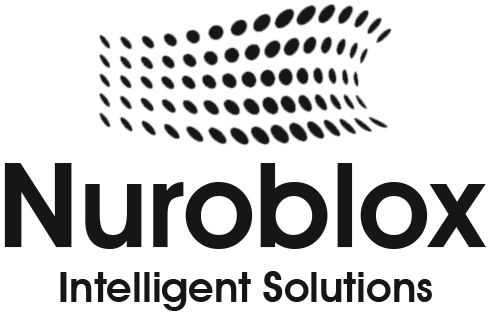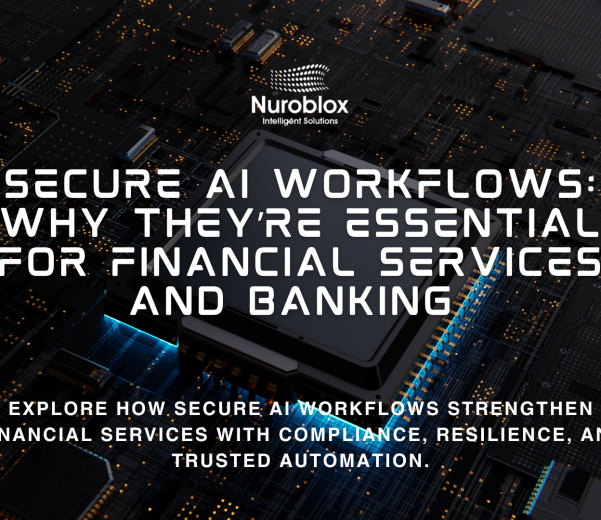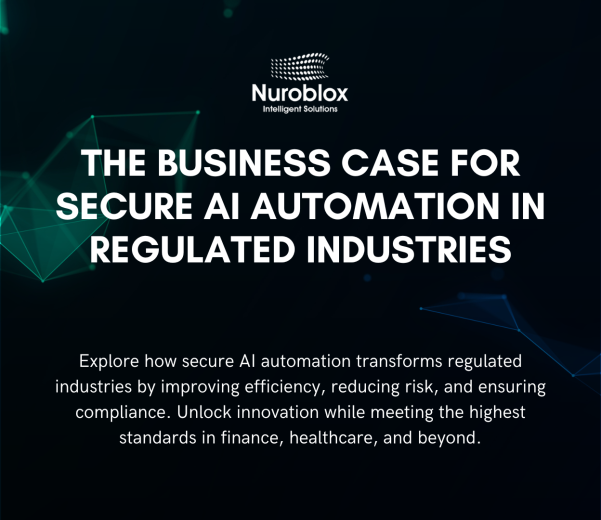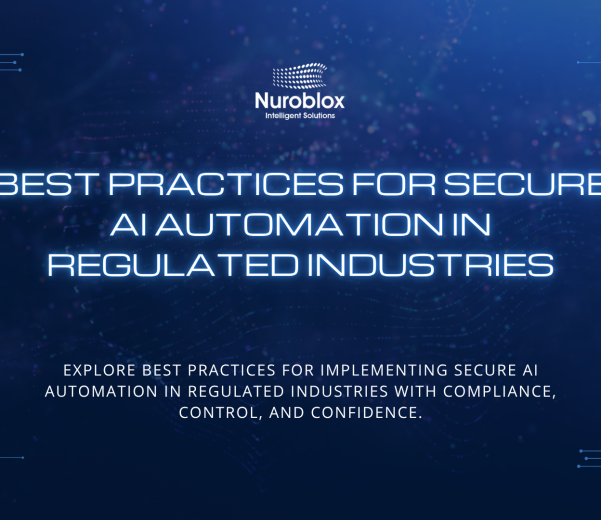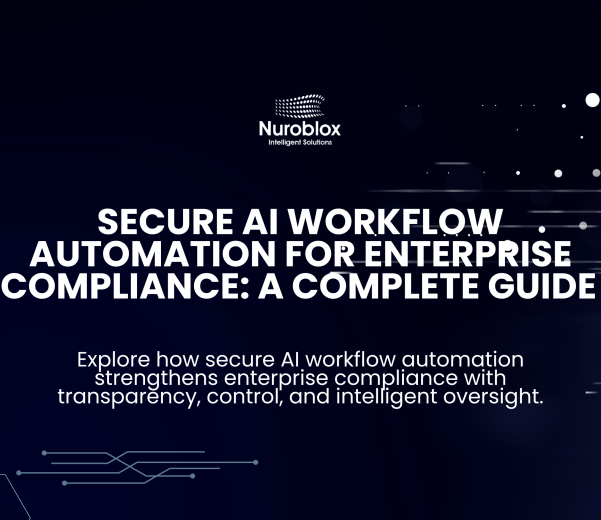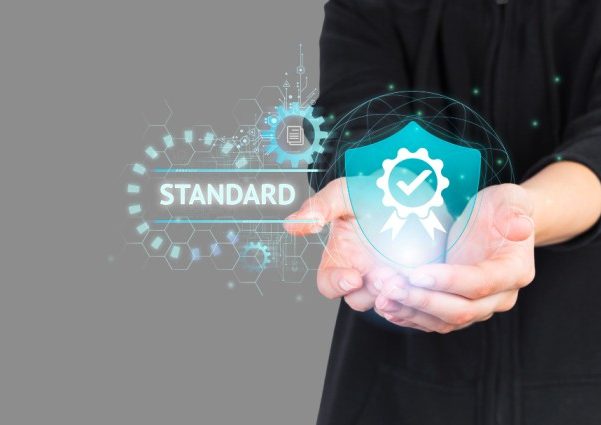Secure AI Automation
- Home
- Secure AI Automation
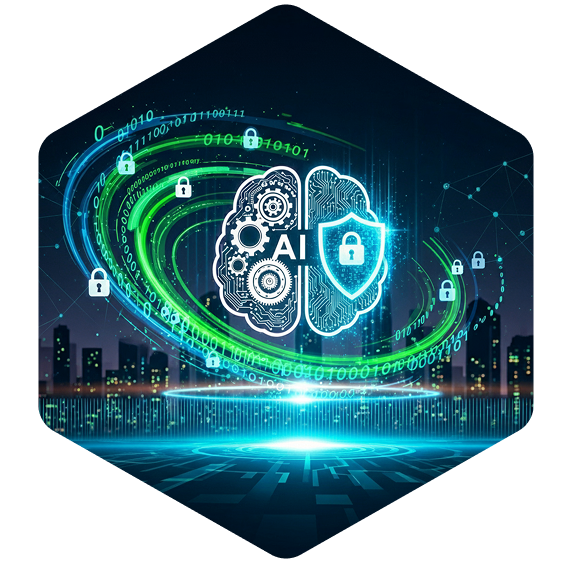
// ABOUT SECURE AI AUTOMATION
Secure AI Automation
In today’s rapidly evolving digital world, enterprises require AI automation solutions that seamlessly blend cutting-edge technology with uncompromising security and privacy. Our secure AI automation platform ensures your data remains fully protected through zero-knowledge processing and precise role-based access control, all operating within your private cloud environment to give you absolute control and peace of mind.






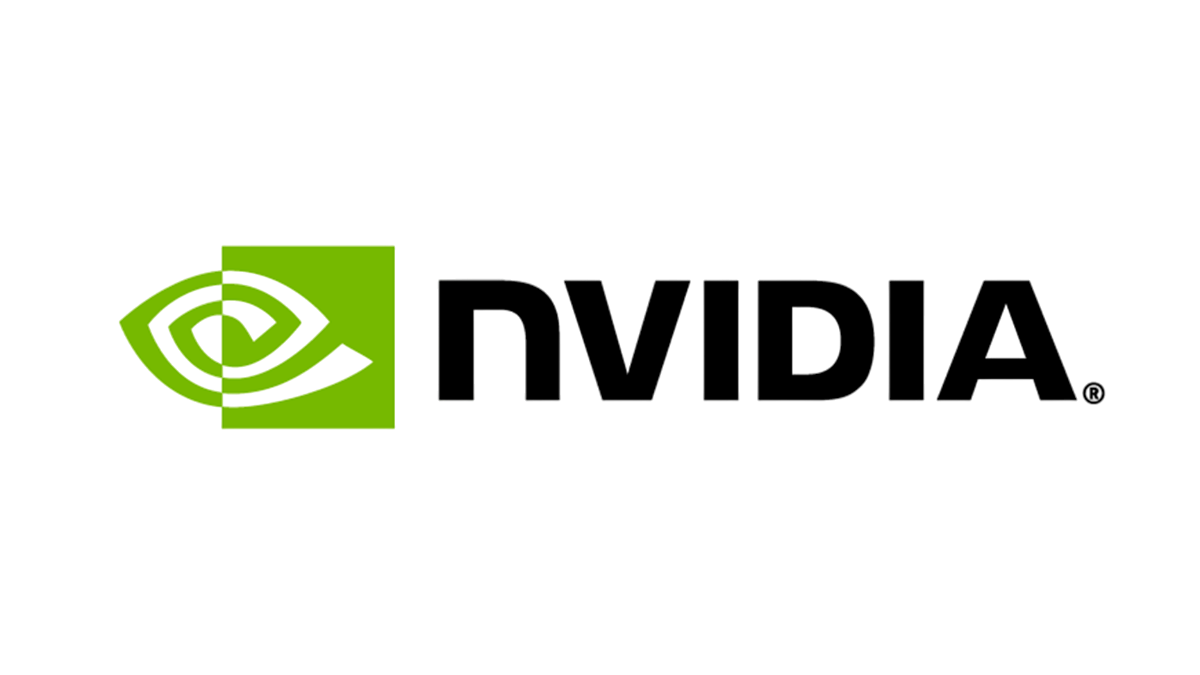


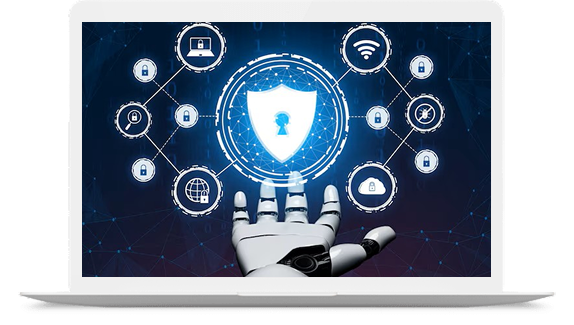
What is Secure AI Automation?
Secure AI Automation is the integration of advanced artificial intelligence technologies with rigorous security protocols to automate enterprise workflows while ensuring the highest levels of data protection and privacy. It automates complex tasks and decisions with AI systems that keep all sensitive data within the enterprise environment, using encryption, zero-knowledge processing, and role-based access controls to prevent unauthorized access or data leaks.
Why Secure AI Automation Matters in Enterprise
As AI automation becomes indispensable for modern enterprises, securing sensitive information and complying with regulatory standards has never been more critical. Enterprises face challenges such as data exposure risks and unauthorized access that can jeopardize trust and business continuity. Secure AI automation addresses these concerns by embedding security and privacy at every step of the automation lifecycle.
- Protect sensitive enterprise data with encryption and role-based access controls.
- Ensure compliance with regulations through built-in auditability and monitoring.
- Mitigate risks by keeping AI operations within your own controlled infrastructure, avoiding external data leaks.
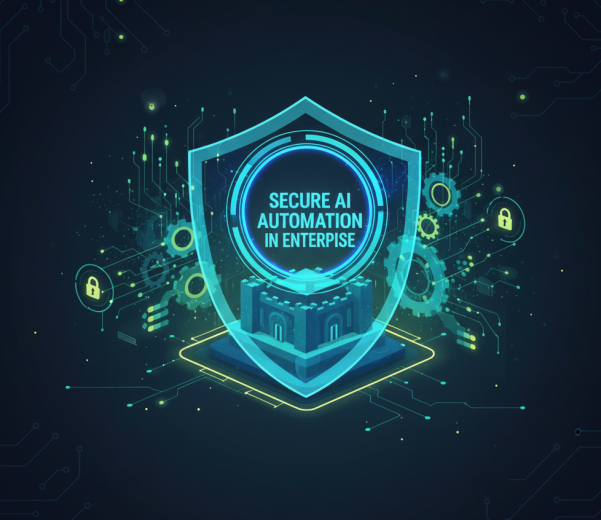
Core Security Features of Our
AI Automation Platform
Data Privacy Core
Data Privacy Core Your data always remains securely within your environment at all times. By utilizing classified vector stores alongside strict role-based access controls, we protect sensitive and critical information across every level of the system.
Private Cloud Priority
For enterprises requiring full governance, we offer license-based private-cloud deployments. This provides dedicated infrastructure with uncompromised security while retaining the flexibility of cloud solutions.
Privacy-Centric Architecture
Zero-knowledge processing is embedded at the heart of our platform. Access to AI automation workflows is strictly controlled based on the principle of least privilege, ensuring enhanced privacy and trust.
Privacy-Centric Architecture
With zero-knowledge processing built into the core, your AI automation workflows are shielded from exposure, and access is finely tuned following the principle of least privilege.
How Secure AI Automation Works
- Data Ingestion & Encryption – All data is encrypted both at rest and in transit, ensuring confidentiality and integrity.
- Role-Based Access Control – Access to AI resources and data is granted based on strict roles to prevent unauthorized use or data leaks.
- Zero-Knowledge Processing – AI computations occur in a way that the system doesn’t “know” the data it processes, adding an extra layer of security.
- Private Cloud Deployment – Enterprises deploy AI automation solutions within their private cloud environments for total control and isolation.
- Continuous Monitoring & Auditing – Real-time security monitoring coupled with automated audit trails guarantees compliance and rapid threat detection.
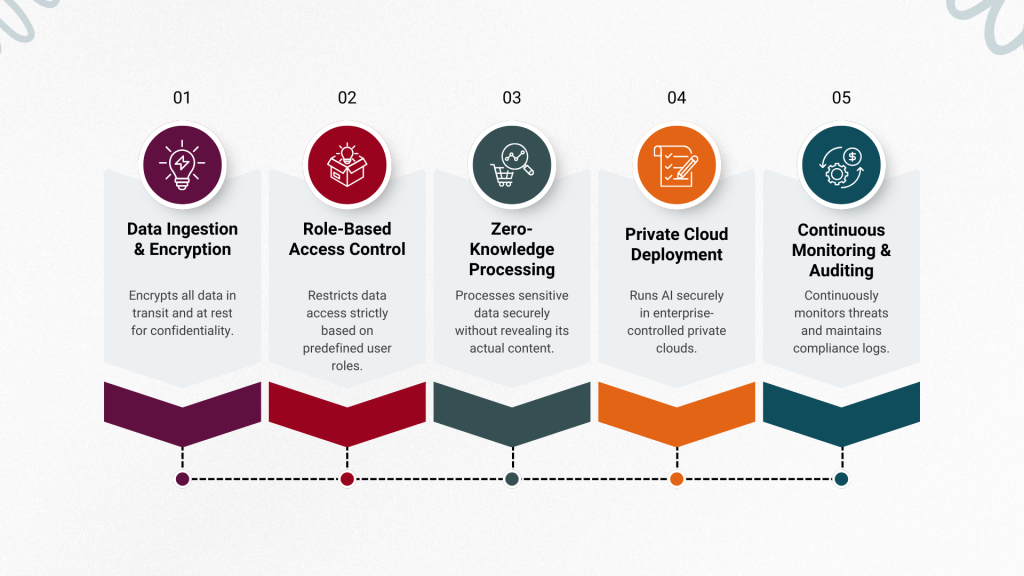
We’re Here to Assist You and Address
All Your Questions Anytime!
Benefits of Secure AI
Automation
Improved Operational Efficiency
Automating complex workflows with secure AI reduces manual efforts and human errors, accelerating business processes without compromising security.
Full Infrastructure Control
License-based private-cloud deployments give enterprises dedicated infrastructure for AI automation, enabling greater control over data and security configurations.
Trust and Transparency
Zero-knowledge processing and strict access controls consistently build strong trust with stakeholders by ensuring sensitive AI workflows remain fully private and highly secure.
Trust and Transparency
Zero-knowledge processing and strict access controls consistently build strong trust with stakeholders by ensuring sensitive AI workflows remain fully private and highly secure.
Best Practices for Secure AI Automation Adoption
- Establish cross-functional teams with IT, security, and data experts to oversee automation security.
- Implement zero-trust policies on all AI and API communications.
- Regularly perform security assessments and audits to identify and remediate vulnerabilities.
- Automate patch management and monitor AI models to prevent threats like data poisoning or model theft.
- Continuously train staff on emerging AI security risks and governance policies.
The Future of Secure AI Automation
The future of secure AI automation is focused on enhancing data privacy and security while driving smarter and faster enterprise operations. As technology evolves, enterprises will benefit from advanced encryption, zero-knowledge processing, and more granular role-based access controls that ensure sensitive information stays protected. Private-cloud deployments will continue to play a key role, giving organizations full control over their AI automation systems and data governance.

